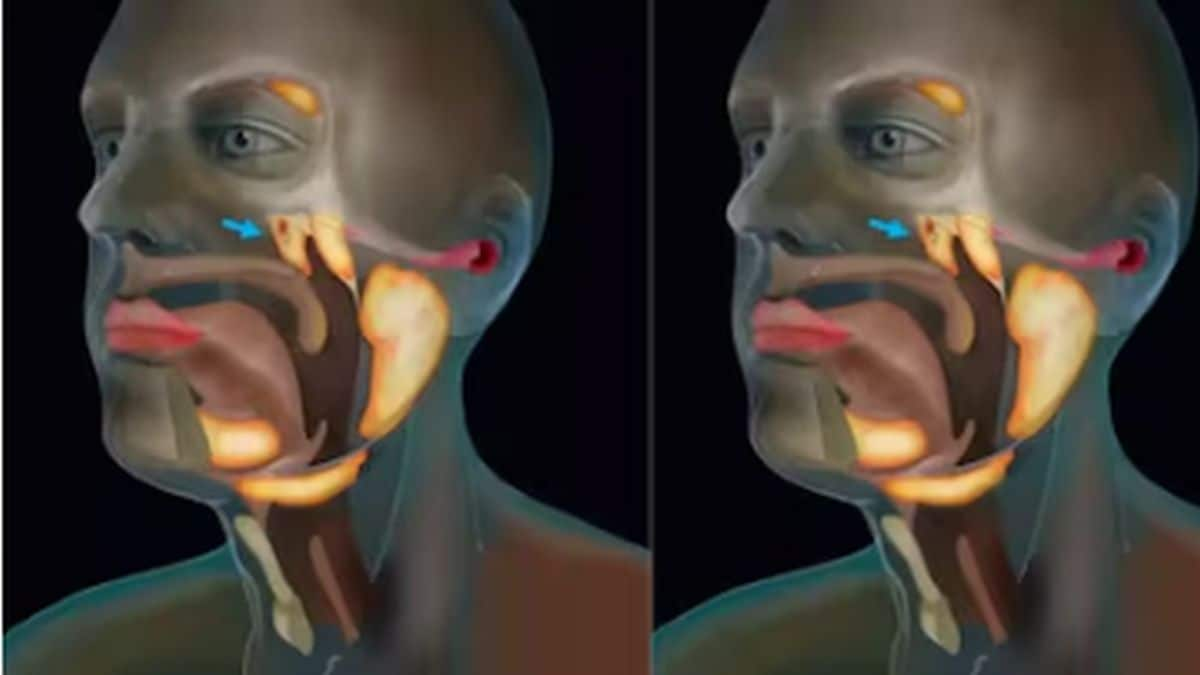SARS-CoV-2, the virus that causes COVID-19, is zoonotic - it jumped from animals to humans, and is now transmitting freely between humans. Zoonotic viruses contribute to 75% of all emerging infectious diseases. Scientists associated with the United States Agency for International Development’s PREDICT program have discovered 140 new coronaviruses since 2009, with the aim of studying their effects on humans and planning interventions to mitigate future outbreaks. [caption id=“attachment_8001561” align=“alignleft” width=“380”]  Representational image. Image source: Getty Images.[/caption] Last week, scientists from the Smithsonian’s Global Health program, which is associated with PREDICT, discovered six new coronaviruses in bats living in popular caves in Myanmar. They said that while the discoveries are coronaviruses, they are not closely related to the virion which caused COVID-19. Further, the viruses don’t appear to be harmful to humans either. Their findings were published in the peer-reviewed journal PLOS ONE.
What were the findings of the study?
The scientists tested 464 bats between May 2016 and August 2018 across three cave sites in Myanmar. One of the caves, called the Linno Caves, is of special interest as tourists and religious congregations flock to it, meaning that there is a higher likelihood of the bats interacting with humans. Oral and rectal swab samples were taken, and guano (bat droppings) was collected as well. Across the bats, seven coronaviruses were detected, six of which were previously unknown. Interestingly, the majority were found in the guano, which may have a meaningful impact on future mitigation efforts.
What can we take from these findings?
The findings were not unexpected; bats are believed to carry thousands of viruses that are waiting to be discovered. In fact, some studies have put unknown avian and mammalian viruses at over 1.5 million. Several zoonotic diseases are widespread whereas others have become endemic - meaning they’re restricted to a certain area. They mostly affect those who work closely with livestock. The difference is that human to human transmission is not as pronounced in them as it is in COVID-19. According to leading epidemiologists at the University of California, Davis, findings such as these underline the dangers of encroaching wildlife territories and of densely populated wildlife markets. It is difficult for viruses to jump between species, but live markets allow for this to happen more easily; the close proximity of different species allows virions to interact via respiratory droplets or faeces. These interactions make mutations more likely and increase the likelihood of transmission to humans. Appreciating the connection between human and animal health is crucial to understanding the current situation we are in. Studies such as these can be seen as wake-up calls for possible pandemics in the future - however, the hope is that they inspire proactive action as well. For more information, read our article on The difference between Coronavirus and COVID-19_._ Health articles in Firstpost are written by myUpchar.com, India’s first and biggest resource for verified medical information. At myUpchar, researchers and journalists work with doctors to bring you information on all things health.


)

)
)
)
)
)
)
)
)



